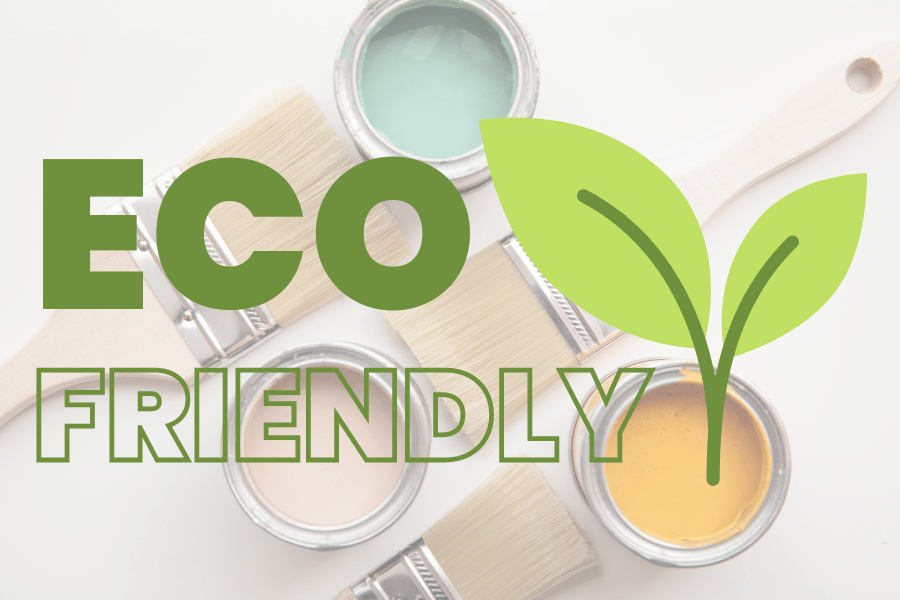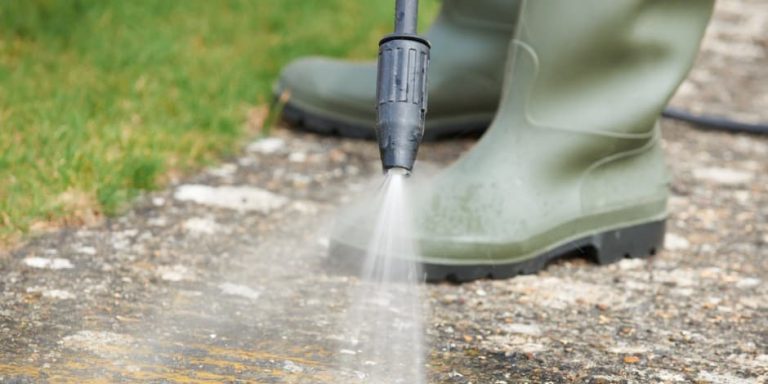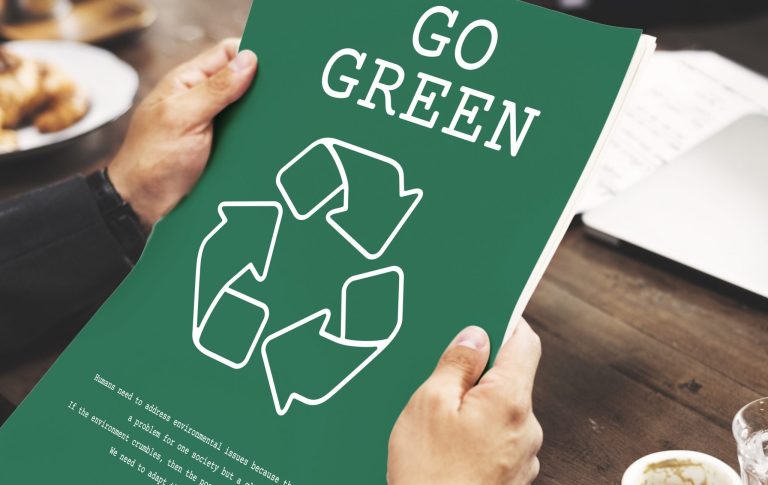
Eco-friendly paints are a smart choice for homeowners and businesses looking to reduce environmental impact. But if the surface isn’t properly prepped, even the greenest paint won’t adhere properly or last. That’s where power washing comes in—offering a powerful, efficient, and environmentally responsible way to clean and prep surfaces before painting.
In this guide, we’ll explore how power washing helps prepare for eco-friendly paints, the precautions to take, and how to reduce environmental harm in the process. 🌍
🎯 Why Prep Matters for Eco Paints
Eco-friendly paints typically contain:
- Low or no volatile organic compounds (VOCs)
- Natural pigments and water-based binders
- Fewer harsh solvents and heavy metals
While these ingredients are safer, they can also be less forgiving when it comes to dirty, oily, or flaky surfaces. Any residue or old paint that remains underneath may compromise:
- Adhesion
- Durability
- Appearance
- Moisture resistance
Power washing helps to strip away contaminants and prepare the surface without harsh chemicals or sandblasting.
🧽 What Power Washing Removes
Power washing is ideal for cleaning:
- Old chalky paint layers
- Dust and dirt buildup
- Mildew or algae
- Pollen and air pollution residues
- Grease or oils on siding and fences
It’s especially useful for prepping:
- Exterior walls
- Wood trim and fencing
- Garage doors
- Concrete patios or walkways before staining or sealing
✅ Choosing the Right Equipment
Use a pressure washer between 1,500 and 2,500 PSI for most residential surfaces. Always adjust the pressure depending on the surface material:
- Wood: 1,200–1,500 PSI (use wide fan nozzle)
- Vinyl: 1,300–1,600 PSI
- Concrete or brick: 2,000–2,500 PSI
Use a 15° or 25° nozzle to balance cleaning power and surface safety.
Browse Amazon Here For Top Rated Power Washers And Accessories
🧴 Should You Use Detergents?
For surfaces with mold or heavy buildup, a mild detergent may be needed. Look for:
- Biodegradable, phosphate-free cleaners
- Products labeled “safe for plants and pets”
- No bleach, ammonia, or harsh solvents
Apply detergent, let it dwell for 5–10 minutes, then rinse thoroughly. Rinse twice if painting will begin within 24 hours.
🌱 Environmental Considerations
Power washing creates runoff that can carry contaminants into:
- Storm drains
- Lawns or gardens
- Groundwater
- Local streams or lakes
To reduce environmental impact:
✅ Use containment mats or tarps around the base of the area
✅ Redirect runoff into gravel or absorbent ground
✅ Never let paint chips enter drains or soil
✅ Clean up flaking paint debris manually before washing
Some municipalities prohibit certain chemicals or runoff practices—always check local codes. 📜
🧰 Additional Prepping Steps
After power washing:
- Allow surfaces to fully dry (usually 24–48 hours)
- Use a scraper for any remaining loose paint
- Lightly sand rough patches if needed
- Inspect for water intrusion or damage
This is especially critical before using low-VOC or natural-based paints, which rely on clean adhesion zones.
🧠 Benefits of Combining Power Washing with Eco Paints
By pairing eco-conscious paints with proper surface prep, you ensure:
- Longer paint life, meaning less repainting and waste
- Better finish quality, even with softer pigments
- Fewer touch-ups, reducing the use of extra product
- A lower overall environmental footprint 💚
🧽 Final Thoughts
Eco-friendly paints are only as good as the surface they’re applied to. Power washing offers a clean, efficient, and sustainable way to prep for painting without relying on abrasive or toxic methods. With the right approach, you can make sure your next paint job looks great—and stays green.
Because sustainability doesn’t stop at what you paint with—it begins with how you prepare. 🎨♻️✅
Browse Amazon Here For Top Rated Power Washers And Accessories






